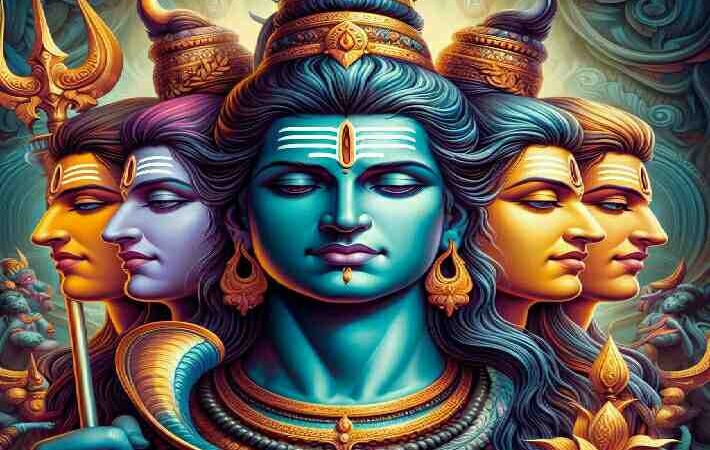Gaja Lakshmi:The Bestower of Animal Wealth

In the vast pantheon of Hindu deities, Goddess Lakshmi stands as the epitome of wealth, prosperity, and abundance. Her multifaceted nature unfolds through various incarnations, each embodying unique qualities to cater to the diverse needs of humanity. Among these divine manifestations, Gaja Lakshmi holds a special place, revered as the bestower of Animal Wealth.

Distinctive Attributes of Gaja Lakshmi
Gaja Lakshmi captivates devotees with her ethereal presence, adorned with four arms and seated gracefully upon a lotus flower in the Padmasana yogic posture. Unlike other deities who brandish weapons, Gaja Lakshmi’s hands remain empty, symbolizing her peaceful nature. Positioned beside her are male and female white elephants, from whose trunks water flows incessantly, showering the goddess in divine abhishekam. With two lotuses gracing her upper arms and her lower arms poised in the Abhaya Mudra (blessing gesture) and Varada Mudra (granting gesture), Gaja Lakshmi exudes a sense of tranquility and benevolence. It is believed that her divine presence instills courage and dispels fear, especially among those whose livelihoods depend on the care and nurturing of livestock.
Journey Through Mythical Tales
The legends surrounding Gaja Lakshmi weave tales of devotion, compassion, and divine grace. One such story revolves around Gajendra, a majestic elephant, and his unwavering reverence for Lord Vishnu. Despite his devout offerings, Gajendra found himself lagging behind in the rituals due to his ponderous gait. In response to Vishnu’s plea for inclusivity, Goddess Lakshmi assumed the form of Gaja Lakshmi, embracing Gajendra’s devotion and ensuring his participation in the sacred ceremonies. This tale symbolizes the goddess’s boundless compassion and her willingness to embrace all beings, regardless of their limitations.
Offerings as Symbols of Devotion
Devotees seek to invoke the blessings of Gaja Lakshmi through heartfelt prayers and humble offerings. While the goddess is easily pleased, her presence is transient, often drawn to households that maintain cleanliness and practice sincere devotion. Simple gestures, such as offering fragrant flowers and kindling lamps, serve as tokens of reverence and invite the goddess into the sanctity of one’s home.
The Sanctity of Worship
Worshipping Gaja Lakshmi transcends mere rituals; it is an intimate communion between devotee and deity, a sacred dialogue that transcends the material realm. Through deep sincerity and unwavering faith, devotees seek the goddess’s guidance in navigating life’s challenges and embracing its joys. The recitation of the Gaja Lakshmi Stotram, a hymn dedicated to her glory, is believed to evoke her divine presence and usher in blessings aplenty.
In essence, Gaja Lakshmi embodies the spirit of abundance, nurturing prosperity in all its forms and illuminating the path towards spiritual fulfillment. Her divine grace transcends boundaries, embracing all beings in her compassionate embrace, and guiding them towards a life of peace, prosperity, and eternal bliss.
Gajalakshmi Stotram
jaya jaya durgati nasini kamini, sarvaphalaprada sastramaye
radhagaja turagapadati samavrta, parijana mandita lokanute |
harihara brahma supajita sevita, tapa nivarini padayute
jaya jayahe madhusudana kamini, gajalakshmi rupena palaya mam ‖
Meaning: Victory, victory to you, O remover of miseries, beautiful one, bestower of all fruits, resplendent with sacred texts.
Surrounded by chariots, elephants, and horses, attended by followers, praised by all the worlds.
Worshiped and served by Hari (Vishnu), Hara (Shiva), and Brahma, remover of suffering, with feet revered by all.
Victory, victory to you, O beloved of Madhusudana (Vishnu), in the form of Gajalakshmi, protect me.





